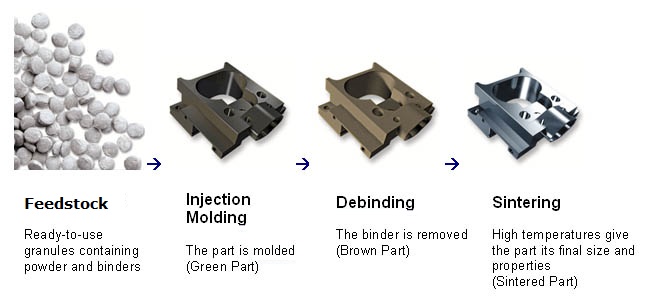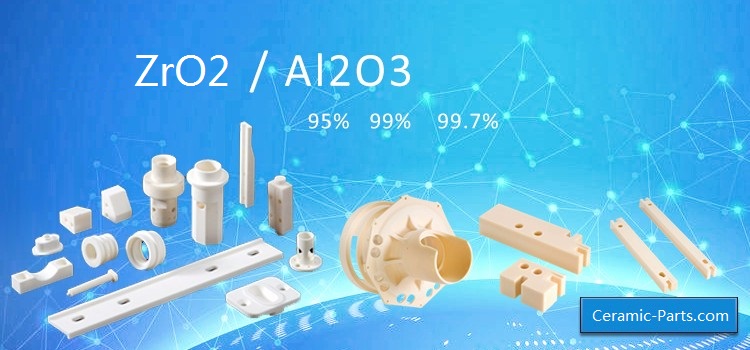The ceramic injection molding process begins with very fine ceramic powders. The powders are compounded with polymer binders to produce a pelletized feedstock. During molding, binders melt to form a liquid medium that carries the ceramic powders into the mold during the injection stage.
Using an injection molding machine similar to that used in conventional plastic molding, the feedstock is forced into a mold cavity forming a net shape part. Molds can be single-cavity or multi-cavity configurations.
After forming, the part goes through a two-stage process. First is pyrolysis or “debinding” to remove the binder, followed by sintering in a high temperature kiln to form a fully dense ceramic component. Sintering is the process of heating the material to a temperature below the melting point but high enough to allow fusion of individual particles and densification of the material.
During sintering, the component shrinks by as much as 20% while retaining the original geometric shape. With good process control, it is possible to achieve a uniform and repeatable shrinkage leading to tight tolerances, obviating any need for machining of the part afterwards.

